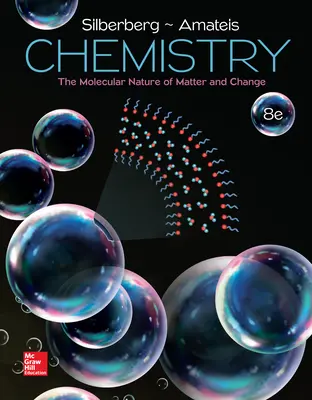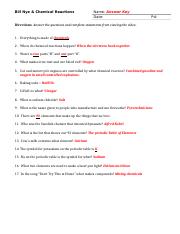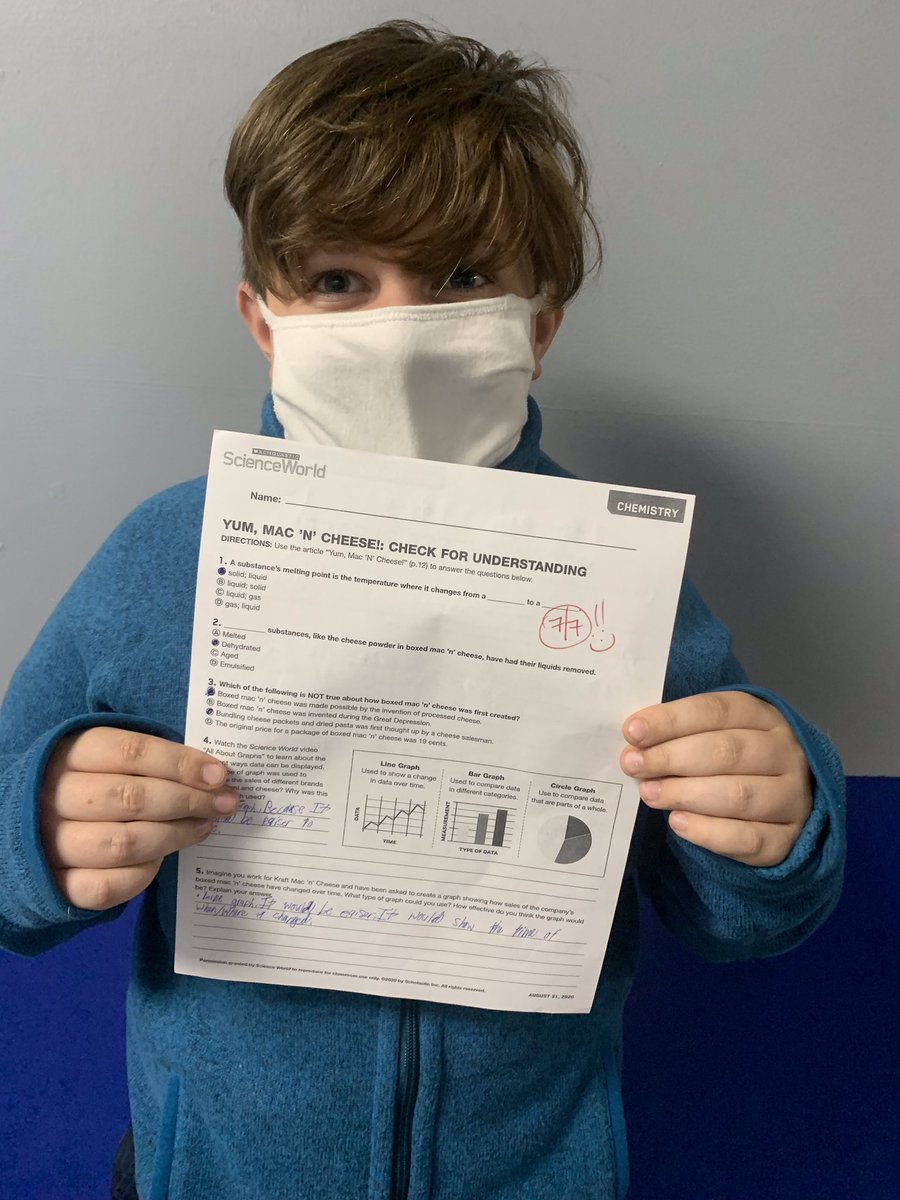Unit 5: Chemical Reactions Jump to a unit Unit 1: Introduction to Chemistry Unit 2: Introduction to Matter Unit 3: Atomic Structure Unit 4: Bonding Unit 5: Chemical Reactions Unit 6: The Mole and Stoichiometry Unit 7: Solutions, Acids, and Bases Unit 8: Chemical Thermodynamics Unit 9: Kinetics and Gases Unit 10: Introduction to Equilibrium Unit. UNIT 4: Chemical Reactions and Stoichiometry Inquiry Statement: Earth is a closed system and matter is constantly reorganizing within it. Within this unit, you will learn about the following concepts.
- Chemical Reactions Unit Miss E. Mac's Classics
- Chemical Reactions Unit Miss E. Mac's Classic
- Chemical Reactions Unit Miss E. Mac's Class Of
Unit I: Atomic Theory Unit II: Chemical Reactions Unit III: Gases Unit IV: Electronic Structure and Bonding We begin this chapter by describing the relationship between the mass of a sample of a substance and its composition. Chemical Reactions Lesson 7 Lesson Plan David V. Fansler Describing Chemical Change Objectives: Write equations describing chemical reactions using appropriate symbols; Write balanced chemical equations when given the names or formulas of the reactants and products in a chemical reaction - Word Equations o Every minute of everyday, there are. Chemical reactions called reactions give off heat. Other reactions called reactions absorb heat and cool the immediate environment. During all chemical reactions, a chemical change takes place that produces new.
ABOUT THE CHEMICAL REACTIONS LESSON
This lesson is appropriate for children ages 11 and up. Students are introduced to atoms, molecules, compounds, and mixtures, using LEGO® bricks as atoms. In an engaging hands-on wet lab, students experience a chemical reaction and then model the same reaction with LEGO bricks. This lesson is also offered as a 3-hour academic field trip LEGO Chemistry at the Edgerton Center.
Download the Molecule Sets Overview or read the Rationale for using LEGO bricks as atoms.
MOLECULE SET MATERIALS
We are no longer able to sell Molecule Sets, unfortunately. Please visit our Information for Edgerton Center Molecule Sets webpage that describes how to put your own set together.

The following LEGO bricks are the minimum required (per kit/2 students) for the Chemical Reactions Lesson:
- 6 red 2x4
- 2 pink 2x4
- 2 light green 2x4
- 2 black 2x4
- 1 green 2x4
- 4 white 1x2
Chemical Reactions Mats (per kit/2 students):
Student Worksheets:
TEACHING THE CHEMICAL REACTIONS LESSON

Co-Teaching Video from BLOSSOMS:
Teacher Guides and Resources:
MIT Edgerton Molecule videos on our YouTube channel:
- Chemical Reactions Wet Lab Video (7.5 min)
CURRICULUM STANDARDS
This lesson meets the following items of the Massachusetts State Frameworks for grades 6-8, Physical Sciences Strand: Elements, Compounds & Mixtures:
5. Recognize that there are more than 100 elements that combine in a multitude of ways to produce compounds that make up all of the living and nonliving things that we encounter.

6. Differentiate between an atom (the smallest unit of an element that maintains the characteristics of that element) and a molecule (the smallest unit of a compound that maintains the characteristics of that compound).

7. Give basic examples of elements and compounds.
8. Differentiate between mixtures and pure substances.
10. Differentiate between physical changes and chemical changes.
ADDITIONAL RESOURCES
Chemical Reactions Unit Miss E. Mac's Classics
Document Versions prior to June 2012:
Chemical Reactions Unit Miss E. Mac's Classic

Chemical Reactions Unit Miss E. Mac's Class Of
LEGO®, the LEGO logo, and the brick and knob configurations are trademarks of the LEGO group, used here with permission. ©MIT. All rights reserved.
